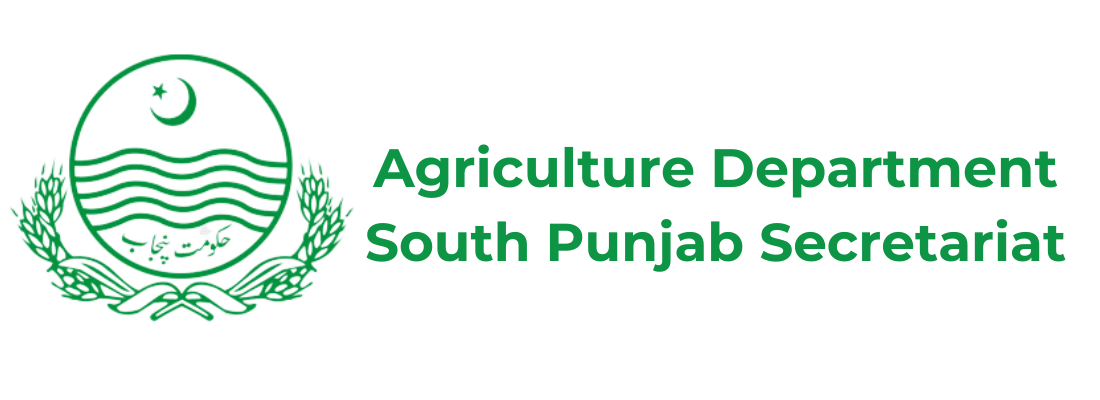South Punjab is widely recognized as the agricultural hub of Pakistan, offering tremendous opportunities for growth and development to the inhabitants. The region has unique agriculture opportunities in the shape of fertilized lands, varying temperatures, canal irrigation, and deserts. It is ideal for cultivating diverse crops, including mangos, cotton, wheat, rice, sugarcane, sunflowers, and citrus fruits. That’s why South Punjab dominates the production of various crops, including mangoes, bananas, cotton, phalsa, chilies, oilseeds, and onions, accounting for more than 90% of the output in Punjab.
However, a significant gap remains between current crop yields and their potential, which could be addressed by adopting modern agricultural technologies, such as precision farming, improved crop management practices, and advanced irrigation systems. Collaboration among key stakeholders in agriculture, including academia, research institutions, extension services, and farmers, is crucial for South Punjab to become a primary supplier of agricultural products to Pakistan.

Fuad Hashim Rabbani
Additional Chief Secretary
South Punjab
Cotton is the biggest cash crop for Pakistan, playing a vital role in the country’s economy and agricultural sector. The province of Punjab produces 70% of the cotton in the country, of which 94% is grown in South Punjab. Despite its significance, cotton productivity in Punjab has been steadily declining. Nevertheless, since the establishment of the South Punjab Secretariat, the Agriculture Department has taken significant steps to enhance the productivity of various crops, mainly cotton. Farmers have reduced input costs, achieved higher yields, and improved investment returns by conducting efficacy trials of different chemicals on whiteflies, pink bollworm and promoting Integrated Pest Management (IPM) practices. This IPM approach allows farmers to protect beneficial insect fauna while using pesticides judiciously.
Furthermore, South Punjab’s diverse climate supports year-round crop cultivation, including wheat, rice, sugarcane, oilseeds, and fruits. The total land area in South Punjab is 22.975 million acres, with 11.92 million acres under cultivation and the remaining 11.055 million acres remaining uncultivated. By focusing on horizontal and vertical land development, adding value to crops, reducing post-harvest losses (which currently range from 20% to 50% in mangoes, citrus, rice, wheat, etc.), efficient marketing of agricultural products, mechanization, and the adoption of the latest irrigation technologies, the potential of the agriculture sector in South Punjab can be maximized.
Addressing food insecurity is a global challenge, particularly in Pakistan, and by concentrating on the agricultural sector in South Punjab, we can improve the livelihoods of the local population and contribute to food security and economic prosperity in Pakistan.
